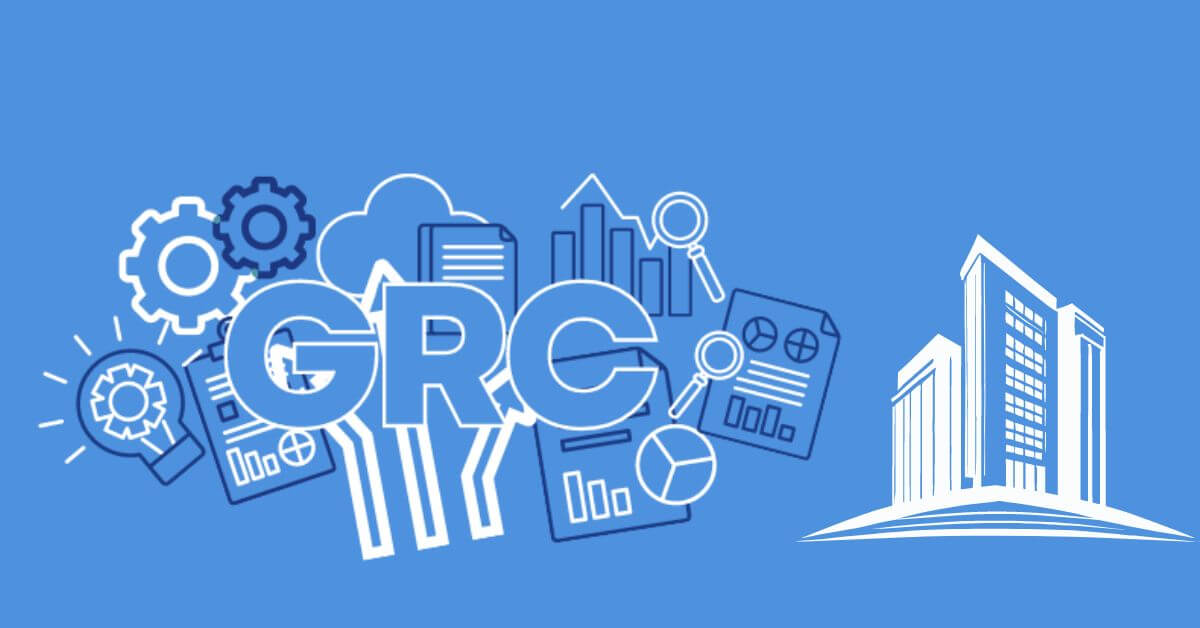Unlocking Potential GRC: How Tools Improve Governance, Risk, and Compliance


How Tools Improve GRC – Governance, Risk, and Compliance – Navigating today’s fast-moving and heavily regulated business landscape can be challenging for organizations. To thrive, they must manage Governance, Risk, and Compliance (GRC) effectively, ensuring their operations align with legal requirements, ethical standards, and strategic objectives.
The introduction of advanced technology has dramatically reshaped how businesses approach GRC, providing innovative tools that make these processes more efficient, precise, and interconnected. This blog explores how such tools unlock an organization’s potential by enhancing its GRC capabilities.
Table of Contents
What Is Governance, Risk, and Compliance (GRC)?
Governance, Risk, and Compliance are key components that ensure an organization functions lawfully, manages risk efficiently, and adheres to ethical practices.
- Governance encompasses the frameworks, policies, and controls that guide an organization’s decision-making and operations, including aspects like corporate governance and regulatory adherence.
- Risk Management involves identifying, evaluating, and addressing potential risks that could impact an organization’s ability to meet its goals. This covers a range of risks, from financial and operational to cybersecurity threats.
- Compliance refers to following all relevant laws, regulations, standards, and ethical guidelines that apply to an organization’s activities. Failure to comply can result in significant financial penalties, legal issues, and reputational harm.
Together, these elements form a solid GRC strategy that supports an organization’s sustainability and success.
How Tools Are Transforming GRC
Technological tools have a transformative impact on GRC by streamlining processes, increasing accuracy, and promoting a culture of compliance. Here’s how:
1. Streamlining Repetitive Tasks Through Automation
A large part of GRC work, such as managing policies, conducting risk assessments, and monitoring compliance, involves repetitive tasks. Automation tools can take over these tasks, completing them more quickly and accurately than human workers. For example, software can automatically monitor regulatory compliance and immediately flag any potential issues or deviations. This not only reduces the workload for employees but also minimizes the risk of errors.
2. Improving Data Accuracy and Accessibility
GRC tools provide centralized platforms that enable the efficient storage, management, and analysis of data. This centralized approach ensures data is accurate and accessible to key stakeholders when needed. Real-time access to data enables faster risk assessments, informed decision-making, and prompt corrective actions. Additionally, these tools generate reports and maintain audit trails, which simplifies compliance demonstrations during audits or inspections.
3. Enhancing Risk Management Capabilities
Cutting-edge analytics and AI tools are revolutionizing how organizations identify and manage risks. These tools can analyze historical data to predict future risks, detect patterns, and recommend mitigation strategies. For instance, AI-powered systems can sift through vast data sets to identify anomalies or suspicious activities that may signal fraud or cybersecurity threats. This proactive risk management approach helps organizations stay ahead of threats and reduce their impact.
4. Promoting Better Collaboration and Communication
GRC relies heavily on collaboration between multiple departments, such as compliance, risk management, internal audit, and IT. Many GRC tools have built-in communication and collaboration features that help teams work together effectively. By facilitating communication and transparency, these tools help ensure that all stakeholders are aligned on governance policies, risk management practices, and compliance standards.
Advantages of Using GRC Tools
Investing in GRC tools offers several key benefits, including:
- Greater Efficiency: Automation and streamlined workflows minimize manual efforts, allowing teams to focus on strategic tasks.
- Cost Savings: Early identification and mitigation of risks help avoid fines, legal costs, and reputational damage.
- Improved Accountability: Clear reporting and audit trails help demonstrate compliance to regulators and stakeholders.
- Enhanced Responsiveness: Access to real-time data and predictive analytics enables quick responses to regulatory changes or emerging risks.
Conclusion
In a world where regulations are continually evolving, organizations must use technology to stay ahead of GRC challenges. Effective tools not only simplify processes and improve data accuracy but also enhance collaboration, decision-making, and risk management. By embracing these tools, organizations can fully unlock their potential, ensuring compliance, minimizing risks, and supporting sustainable growth. Embracing innovative technologies can transform GRC from a regulatory necessity into a strategic advantage.
Recent Posts
How to Make Ghibli Image Free Online
How to Make Ghibli Image Free Online - Social media is currently abuzz with the…
Top 5 AI Tools for Math in 2025
Are your math homework too difficult and you don't know where to start? Discover the…
7 Best CapCut Alternatives in 2025: Choose the one you like best
Many users are looking for CapCut alternatives. In this article, we present 7 recommendations to…
How to Watch the IPL 2025 Live Outside India
How to Watch the IPL 2025 Live Outside India The Indian Premier League (IPL) is…
10+ Best AI Tools for Students in 2025: Learn Quickly and Efficiently
Are you still studying inefficiently? Haven't tried AI for students yet? Try the 10+ best…
How to Add Open To Work on Linkedin
How to Put Open To Work on Linkedin - In today’s competitive job market, LinkedIn…